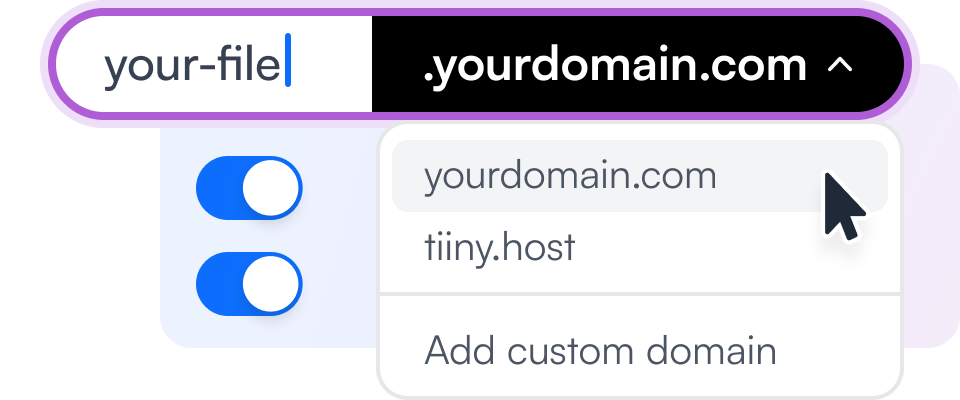Static Website Hosting
Tiiny Host is a simple, efficient and performant hosting service for static websites. A static website is a website that appears the same to all visitors and does not require a backend server or database to render it. It's composed of frontend only static files such as HTML, JavaScript and images (jpeg, png, svg etc).







